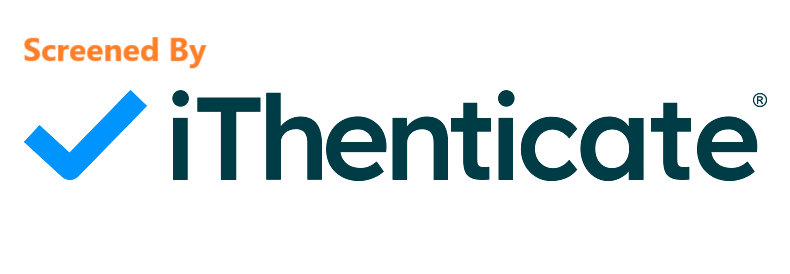Synthesis methods and characterization techniques of iron oxide nanoparticles: A biomedical perspective
- 1 Department of Biological Sciences, International Islamic University Islamabad, Pakistan
- 2 Aga Khan Centre for Regenerative Medicine and Stem Cell Research, Karachi, Pakistan
- 3 Department of Chemistry, Division of Science and Technology, University of Education, Lahore, Pakistan
Abstract
Iron oxide nanoparticles (IONPs) have emerged as pivotal materials in nanomedicine due to their unique magnetic, catalytic, and biological properties. This review examines a variety of synthesis methods: chemical (co-precipitation, sol-gel, thermal decomposition, microemulsion), physical (ball milling, laser ablation, arc discharge, physical vapor deposition, spray pyrolysis), and biological (plant-mediated, microbial, and biomolecule-assisted) and discusses how these techniques influence nanoparticle size, crystallinity, and surface functionality. We also detail characterization techniques such as TEM, XRD, DLS, and FTIR that are critical for optimizing IONP’s performance in biomedical settings. Despite considerable progress, reproducibility, scale-up, and biocompatibility issues remain. Future efforts should focus on standardizing protocols, integrating real-time monitoring, and conducting extensive safety assessments to facilitate the clinical translation and large-scale production of IONPs for diverse applications.
Downloads
Copyright (c) 2025 Saad Ahmed, Seema Inayat, Iram Javed

This work is licensed under a Creative Commons Attribution 4.0 International License.
Copyright
Authors are the copyright holders of their published papers in Synthesis and Sintering, which are simultaneously licensed under a Creative Commons Attribution 4.0 International License. The full details of the license are available at https://creativecommons.org/licenses/by/4.0/.
All papers published open access will be immediately and permanently free for everyone to read, download, copy, distribute, print, search, link to the full-text of papers, crawl them for indexing, pass them as data to software, or use them for any other lawful purpose without any registration obstacles or subscription fees.








